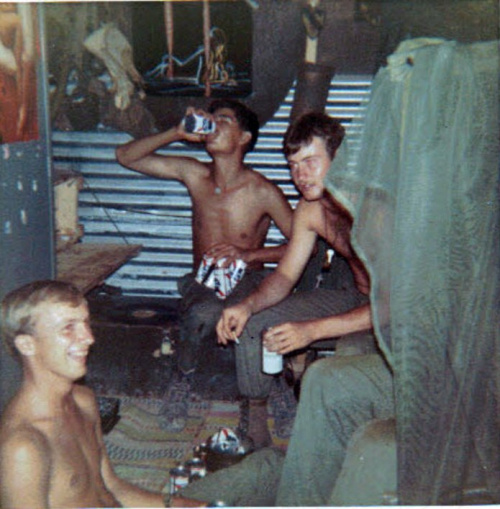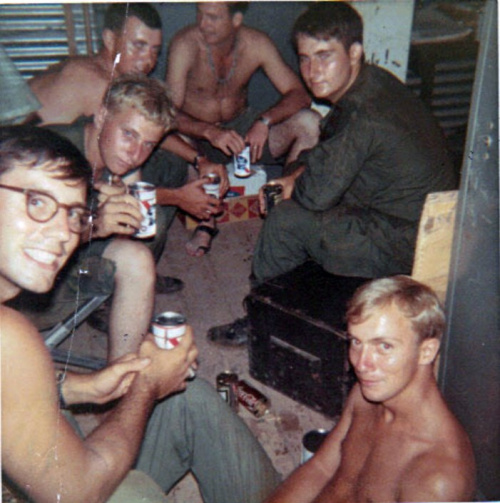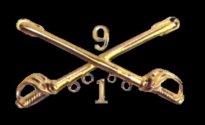“Uncle Sam”
The summer of 1969 I got my induction papers from “Uncle Sam.” I think it read “I Want You.” I had orders to enter the United States Army on September 2, 1969. That letter didn’t surprise me one bit. I knew it was inevitable. Just because I got drafted into the Army didn’t necessarily mean Vietnam duty. Some men got orders for Korea, Germany or other duty station after training.
I was informed to report to Fort Polk, Louisiana for basic training. That’s when I knew Vietnam was in my future.
The Military Selective Service Act of 1967 expanded the years of the draft to the ages of 18 to 35. It still granted student deferments but ended them upon either the student’s completion of a four-year degree or his 24th birthday, whichever came first. There was also an exemption from the draft for married men between the ages of 19 and 26. That may have had an impact on the rise of teenage couples getting married in the sixties. Moving up to Canada to avoid the draft (draft dodgers) also became popular. On January 21, 1977, President Jimmy Carter, on his first day in office, fulfilled a campaign promise by granting unconditional pardons to hundreds of thousands of men who had evaded the draft during the Vietnam War by fleeing the country or by failing to register.

In 1972, Curtis Tarr spins a plexiglass drum holding capsules with the birth dates and orders for men born in 1953 at the beginning of the fourth annual Selective Service lottery in Washington. (Charles W. Harrity / Associated Press)
On December 1, 1969, the Selective Service System of the United States conducted two lotteries to determine the order of call to military service in the Vietnam War for men born from 1944 to 1950. These lotteries occurred during “the draft”—a period of conscription, controlled by the President, from just before World War II to 1973.
The lottery numbers assigned in December 1969 were used during calendar year 1970 both to call for induction and to call for physical examination, a preliminary call covering more men.
 I received my draft notice three months before the draft lottery went into effect on December 1, 1969. Looking at this chart, my lottery number would have been 69.
I received my draft notice three months before the draft lottery went into effect on December 1, 1969. Looking at this chart, my lottery number would have been 69.











